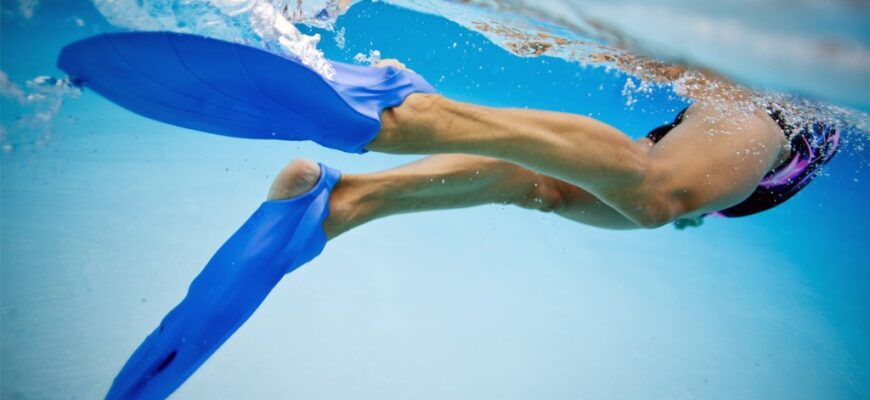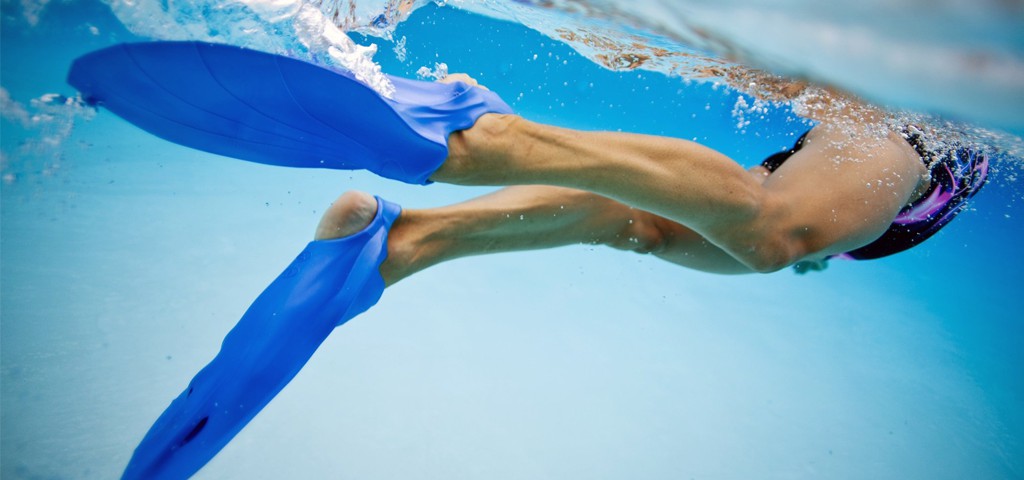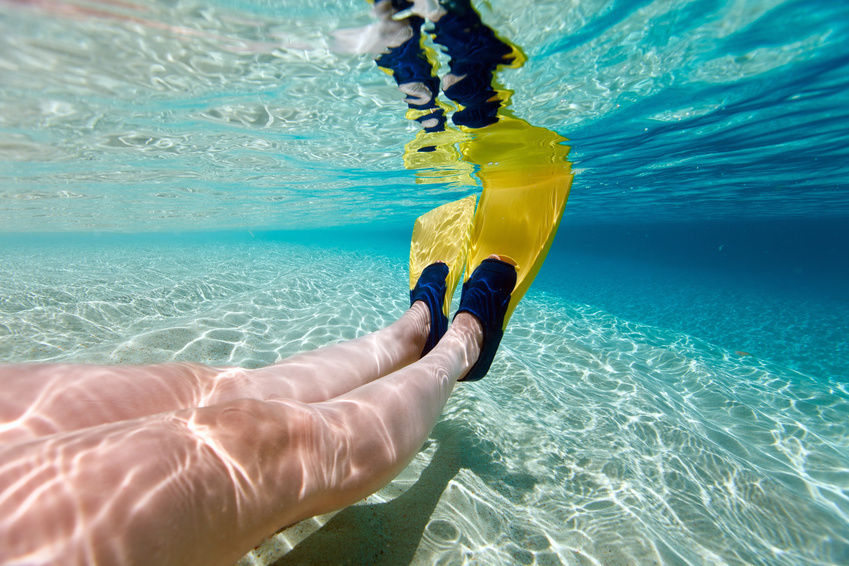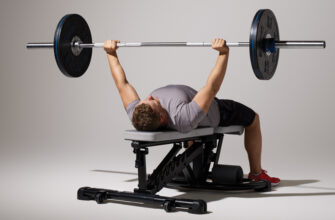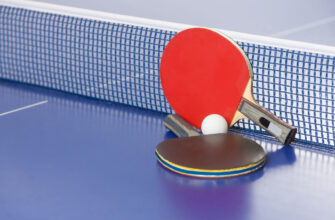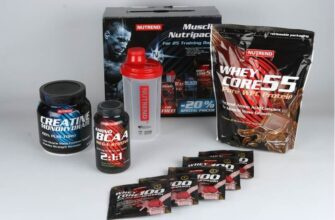Before you get seriously involved in diving and start exploring the underwater world, you should get the appropriate equipment, the key elements of which are fins. Their purpose is the necessary dynamics while swimming, as well as increasing maneuverability when diving. Of course, this can be achieved only if the fins are selected correctly and fully correspond to the operating conditions.
- Which fins to choose? Top manufacturers
- Types of fins
- Diving fins
- disadvantages
- Fins for spearfishing
- disadvantages
- Snorkeling fins
- disadvantages
- Children's fins
- disadvantages
- The main criteria for choosing fins
- Seat design – galoshes
- The material from which the fin blade is made
- Fin hardness
- How to choose the size of the fins?
- Choosing fins for the sea
- Choosing fins for spearfishing
- Choosing fins for the pool
- How to choose fins for a child
- How to choose fins for diving and snorkeling
Which fins to choose? Top manufacturers
According to the reviews of experienced divers, the products manufactured under the following brands are rightly considered the best:
-
Cressi;
-
Mares;
-
Omer;
-
Leaderfins;
-
Sporasub;
The preference for the products of these brands is given by both freedivers, amateurs of the underwater world, and professional underwater hunters, as well as employees of rescue services. Opinions about them differ, and it is easier to get acquainted with them on the Internet – on thematic forums, a huge number of all kinds of reviews, both positive and negative, are presented. Such operating experience should also be taken into account when choosing a particular model.
Types of fins
All existing methods of diving and spearfishing have their own specifics, which are reflected in the design of certain fins.
Diving fins
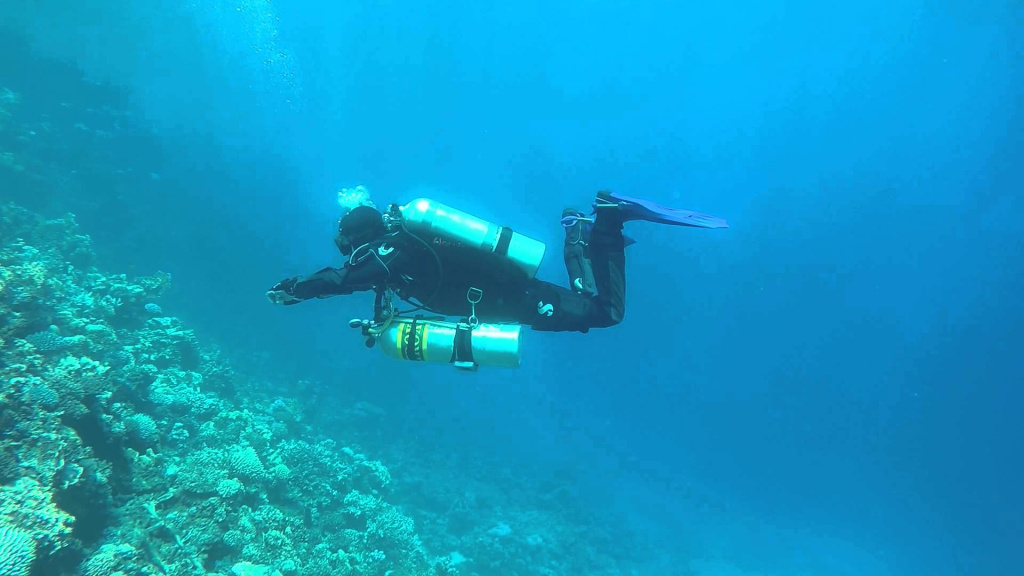
This category includes various models designed for amateur diving under water, as well as for professional use. They are of medium to large length and medium degree of rigidity. They are often equipped with correction blades and laminators to change the direction of the water flow and improve maneuvering.
Advantages
-
High functionality;
-
Ergonomic and comfortable heel;
-
Equipped with blades and flow laminators by default;
-
Long length for increased maneuverability;
-
The presence of many models for certain operating conditions;
disadvantages
-
Expensive;
-
Narrow specialization;
Fins for spearfishing

Long fins, based on a combination of different materials, providing variable stiffness and the ability to quickly accelerate when needed. The fin design is broken, the blade deviates 10-15 degrees from the horizontal, which also improves maneuverability. The secure, adjustable heel counter is still here to ensure a secure fit. All spearfishing fins are available in dark camouflage colors.
Advantages
-
High length;
-
Dark, camouflage colors;
-
'Broken' blade that deviates at an angle of up to 15 degrees from the horizontal;
-
Variable stiffness resulting from the use of a combination of different materials;
-
Ergonomic fit on the leg;
disadvantages
-
Not suitable for diving and recreational use;
-
High price;
Snorkeling fins
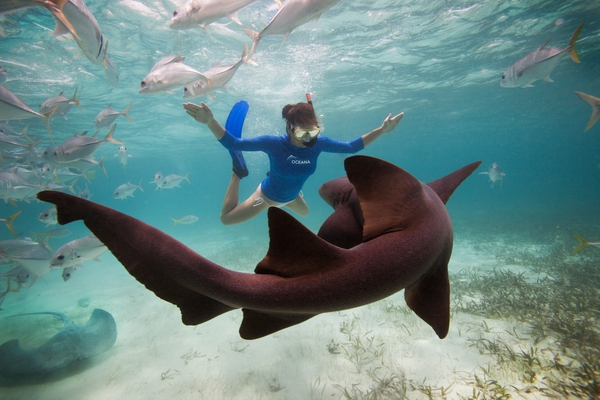
This overseas term refers to shallow diving, a popular activity on the beach. The fins used for this purpose are characterized by their minimal dimensions and low weight, they are easy to use and do not cause discomfort during swimming.
Advantages
-
Compact dimensions;
-
Do not require special skills;
-
Inexpensive;
-
Comfortable fit on the leg;
disadvantages
- Are exclusively a 'tourist' option, not suitable for highly specialized tasks;
Children's fins
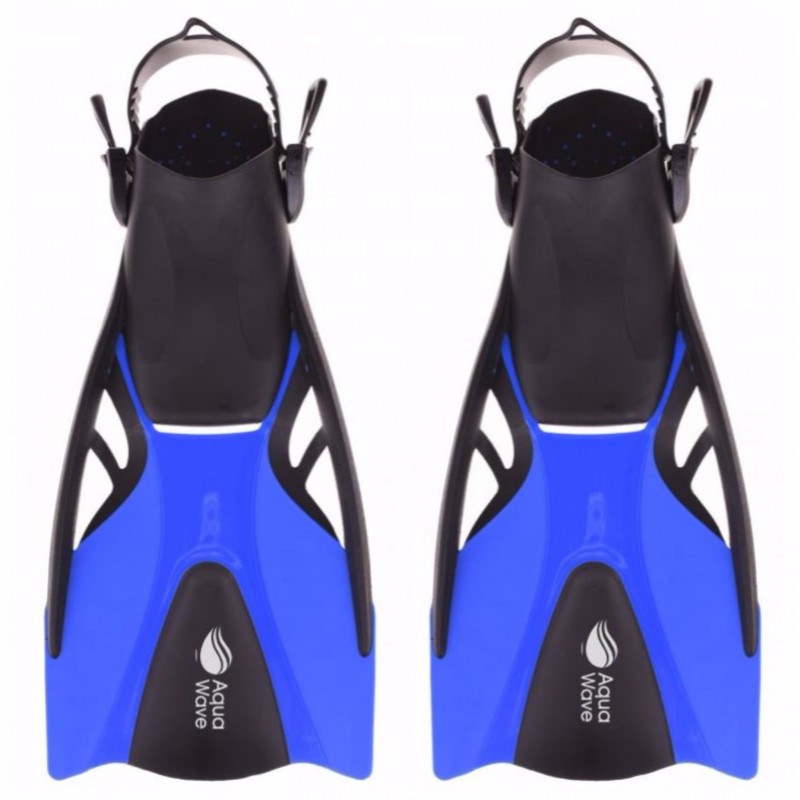
Most of the models in this category are structurally similar to snorkeling fins, differing from them only in size. These compact models are great for outdoor activities both on the open sea and in the pool, and are also great for teaching your little one to swim.
Advantages
-
Inexpensive;
-
Suitable even for those who cannot swim;
-
Sit comfortably on the leg;
-
Universal;
disadvantages
- You cannot buy 'for growth', along with the growing up of the child, you will need to buy new fins
The main criteria for choosing fins
Having decided on a specific type of fins suitable for use in a particular situation, you should pay close attention to their technical characteristics. They provide the proper degree of comfort during operation and directly affect functionality.
Seat design – galoshes
-
The closed heel provides the most reliable and tight fit of the fin on the leg, with this design the fin does not play or dangle during intensive swimming. Such a design requires careful selection of fins, taking into account the thickness of the thermosocks used (if any); such fins cannot be purchased for growth. It is considered the best option for spearfishing and diving;
-
The open heel, which is adjusted with a special rubber tie, is the best option for amateur exploitation and snorkeling. The design is universal, with its help you can adjust the fins to any foot size. For versatility, you have to pay off with insufficiently rigid fixation and the ability to lose fins when hooked on underwater objects;
-
The third type of construction is monofin. This is a highly specialized tool used exclusively for acrobatic and sports purposes, it makes it possible to develop significant speed. Monofins are one wide blade that is set in motion with both legs. The monofins are fixed on the legs with soft rubber stockings.
The material from which the fin blade is made
The seat, the so-called galoshes, is always made of high-strength rubber. The blade can have a different design and be made from the following materials:
-
Rubber. Fins with a rubber blade can be monolithic, or they can differ in their physical parameters. The most budgetary option, perfect for amateur use;
-
Plastic. More advanced material used to create mid-range fins;
-
Carbon fiber, or carbon, is today considered the lightest, most functional and convenient material; the most technically advanced and, accordingly, expensive fins are made from it.
Fin hardness
It directly affects the speed of movement under water, as well as the weight and physical dimensions of the swimmer. The more prepared and stronger the latter, the more rigidity the fins should have. And on the contrary – soft fins are perfect for beginners who are just mastering swimming with equipment.
How to choose the size of the fins?
Depending on the size of the fins working blade, their physical properties and applicability in certain conditions are determined.
-
Long fins (100 centimeters or more) are used for diving, spearfishing and deep-sea scuba diving;
-
Medium length fins (70-90 centimeters) are considered universal, they are suitable for both classic diving and spearfishing;
-
Short fins (no more than 60-70 centimeters) are an excellent option for snorkeling and active summer recreation on the water;
Choosing fins for the sea
Sea recreation almost always involves deep diving – even at a depth of 5-7 meters, sea water is striking with its crystal clearness. For these purposes, rather long, about 70-90 centimeters, fins, the blades of which are made of plastic, are best suited. The structure should include paddles and laminators for fast sinking and ascent. Open heel construction to fit the diver's foot.
Choosing fins for spearfishing
Underwater hunting requires the use of special hunting fins with a length of 90-110 centimeters. Their design presupposes the presence of a closed heel and a special, composite fin structure made of several materials of varying rigidity. Their blade is deflected from the horizontal position at an angle of about 15 degrees to ensure the fastest and most productive penetration.
Choosing fins for the pool
For the pool, compact snorkeling fins with an open heel and small, about 50-70 centimeters, dimensions will be the best option. Blade material – rubber or plastic. However, the above example is not suitable for those who go to the pool to purposefully practice swimming and diving techniques. In this case, you should use your main fins, which the diver uses when diving or spearfishing.
How to choose fins for a child
Children's fins are selected individually for each baby. The fin size is compact, about 50-60 centimeters, and the heel is open. After the child learns to handle them, you can look towards more specialized models.
How to choose fins for diving and snorkeling
Despite the similarity, fins for diving and snorkeling have different features. If for diving it is necessary to give preference to long and powerful models made of plastic or carbon fiber, then snorkelers can do without problems with compact fins with a blade 60-80 centimeters long and an open heel. Of course, no one forbids the use of short fins for diving and vice versa, however, this is unlikely to ensure functionality.
Attention! This material is the subjective opinion of the authors of the project and is not a purchase guide.

